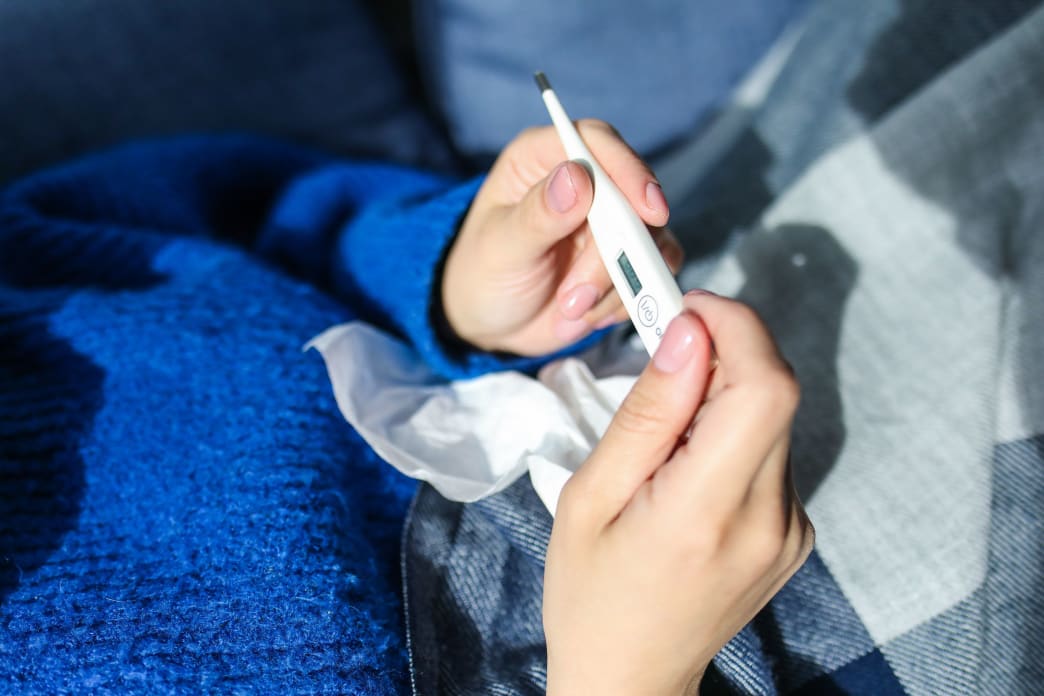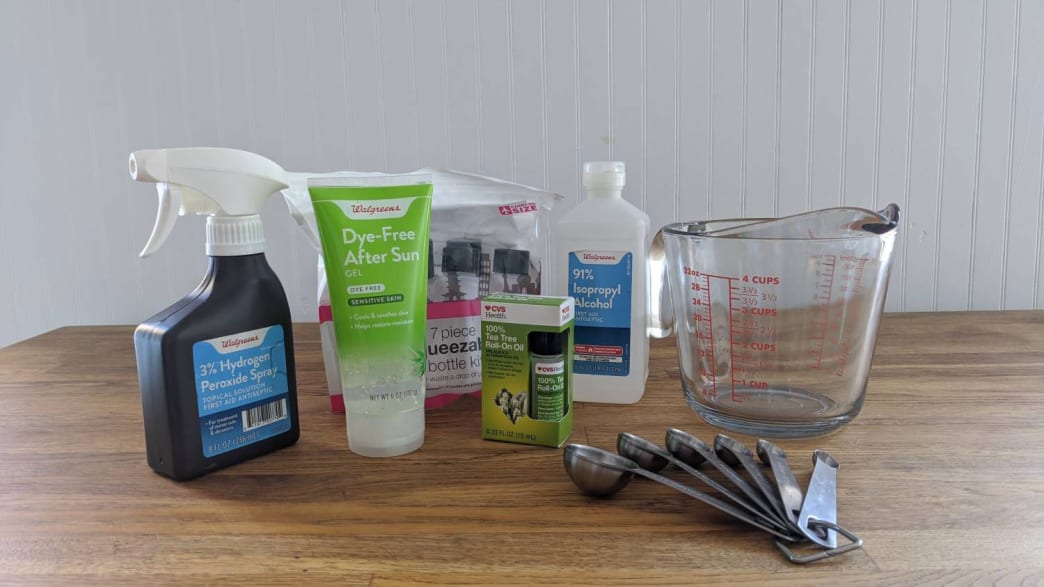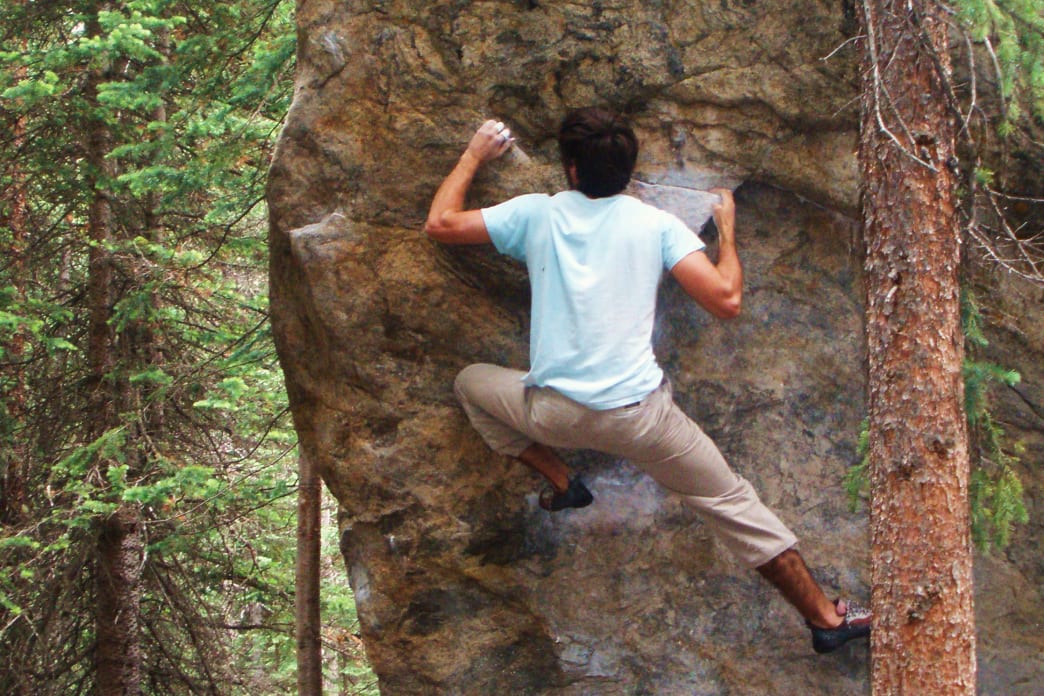Most Recent

The Best Boulder Camping Experience Deserves The Perfect Breakfast At the A-Lodge in Boulder we offer a combination of hotel suites, a rustic cabin, hostel accommodations, van camping spots and tent camping with dedicated tent pads and a community cooking shelter. In our quest to create the best Boulder camping experience we wanted to share […]
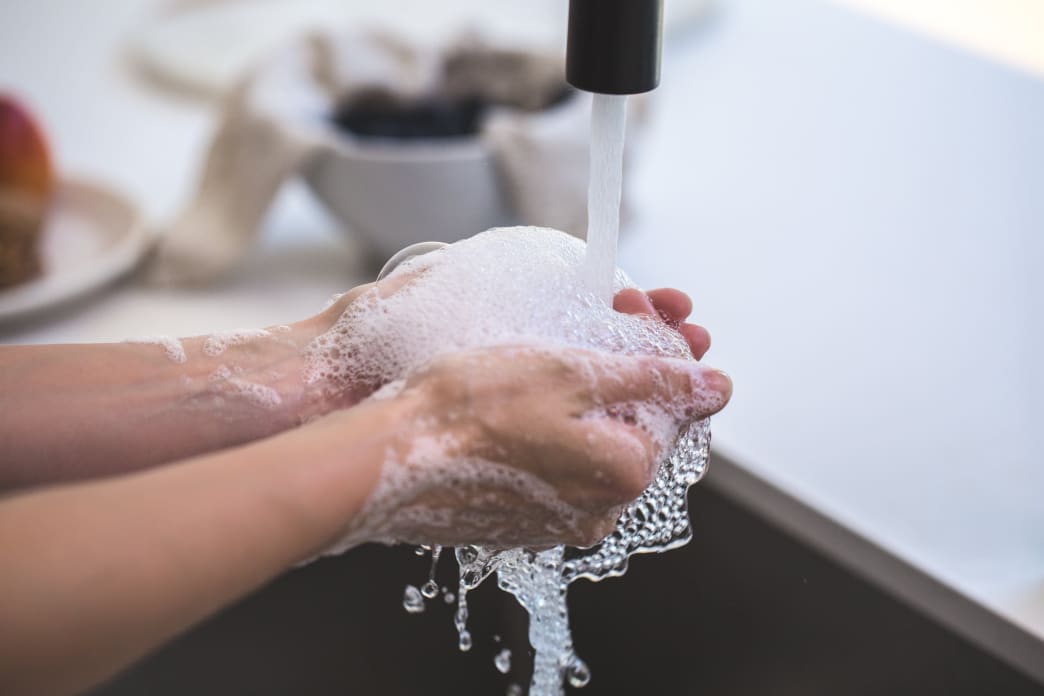
Researchers are still working to understand how deadly COVID-19 is and how it spreads. But they know one thing for sure: Washing your hands is the key to minimizing the novel coronavirus’ powers of destruction. Hand washing really, really works—and not just during outbreaks of new respiratory viruses. It also helps prevent the spread of […]

The spread of coronavirus has us all full of questions. But as news of travel bans and outbreaks in several countries hit the headlines, those holding plane tickets are particularly worried about what they should do. If that’s you, your decision to cancel or reschedule your trip will largely depend on your destination and the […]
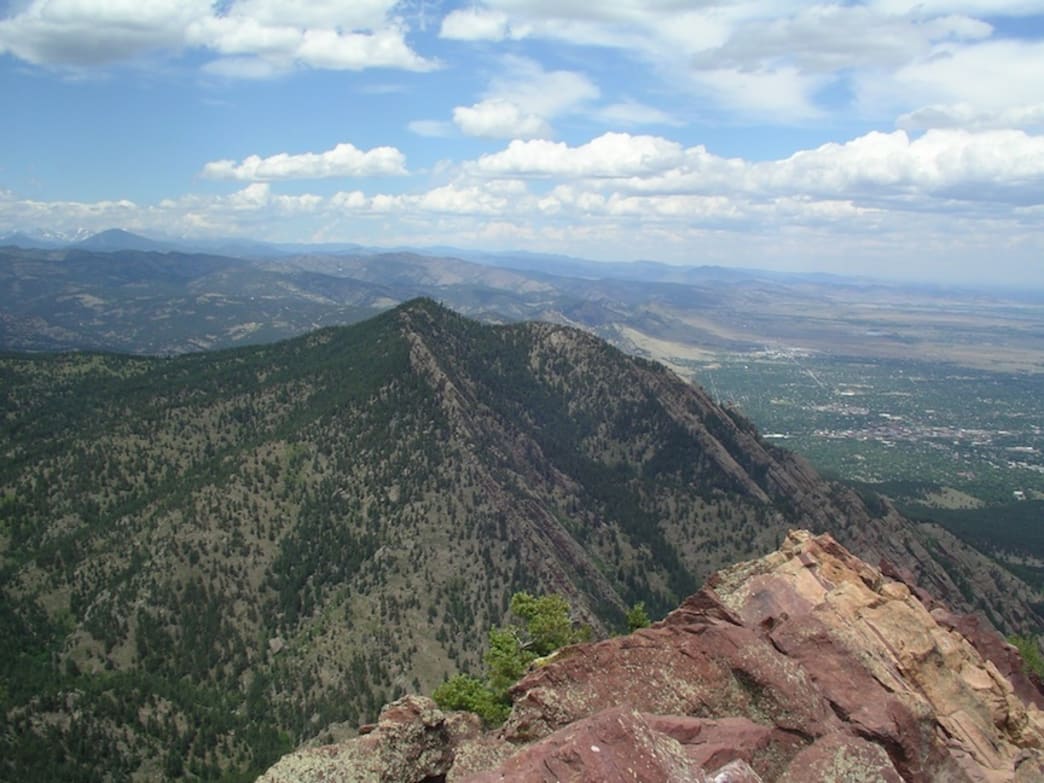
Make The Most of Your Vacation in Boulder Intro At 8,144 ft. Green Mountain is the most accessible of the “big three” Boulder summits (the others being 8,461 ft. Bear Peak and 8,549 ft. South Boulder Peak). The standard trailhead for a hike up Green is located in town at the base of Gregory Canyon […]

Asa Firestone was born with an entrepreneurial spirit and has cultivated hospitality expertise in the picturesque landscapes of Lyons and Boulder, Colorado. As the co-owner of the A Lodge, his journey epitomizes dedication, innovation, and a deep-rooted commitment to community.
Asa’s journey began with a profound appreciation for travel and exploration. His early experiences staying in lodges around the world ignited a passion for creating memorable experiences for others. Armed with this passion and a keen business acumen, he embarked on a mission to redefine hospitality in his own backyard.
In 2008, Asa’s vision came to fruition with the establishment of the A Lodge in Boulder, Colorado. Nestled amidst the majestic Rocky Mountains, this Boulder hotel quickly garnered acclaim for its blend of rustic charm and modern comfort. Under Asa’s guidance, the A Lodge became more than just a place to stay; it became a destination where guests could immerse themselves in the unparalleled beauty of Colorado while experiencing genuine hospitality.
However, Asa’s ambitions didn’t stop there. Recognizing the growing demand for unique accommodations in Boulder, he expanded his footprint by acquiring and revitalizing a second property in the heart of Lyons. This expansion not only solidified Asa’s reputation as a visionary entrepreneur but also furthered his mission of providing exceptional hospitality experiences to a broader audience.
Beyond his role as a hospitality magnate, Asa Firestone is deeply invested in the communities he serves. Whether through supporting local initiatives, fostering sustainable practices, or championing the arts, he remains dedicated to making a positive impact at both the local and global levels.
Asa’s leadership exemplifies a harmonious blend of passion, innovation, and compassion. His unwavering commitment to excellence continues to set the standard for hospitality in Lyons, Boulder, and beyond. As guests continue to flock to the A Lodge, they are not only welcomed into a warm and inviting space but also into the visionary world of Asa Firestone.

